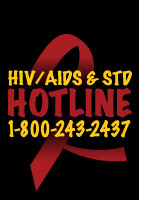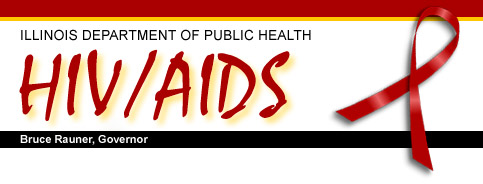|
||||
   |
The human immunodeficiency virus (HIV) is the virus that causes AIDS, or acquired immunodeficiency syndrome, a disease that causes the body to lose its natural protection against infection. The disease is one of the most devastating epidemics in modern history. The virus is found in the blood and other body fluids of infected individuals. It can be transmitted during vaginal, anal or oral sex; or when sharing needles to shoot drugs, pierce the body or make tattoos. Pregnant women with HIV infection can pass the virus to their baby during pregnancy or delivery, as well as through breast feeding. HIV attacks certain white blood cells that protect the body against illness. A person with AIDS is more likely to become ill from infections and unusual types of pneumonia and cancer that healthy persons normally can fight off. Since HIV was first identified in 1981, it has spread rapidly throughout the world. In the United States, an estimated 800,000 to 900,000 people are currently living with HIV/AIDS, and up to one-third do not know they are infected. Since 1981, nearly 450,000 people in the United States have died. Illinois has the seventh highest number of AIDS cases in the nation, with 30,000 reported cases of AIDS since 1981. Of those diagnosed with the disease, about 16,500 have died. Approximately 40,000 people in the United States become infected each year. People of color, particularly African Americans and Latinos, are disproportionately affected by HIV/AIDS and have some of the highest infection rates. Gay and bisexual men, injection drug users and women represent other populations at greatest risk of infection. There is no vaccine or cure for AIDS and those with HIV are infected for life. There are, however, treatments and medicines that can help the body resist the virus, including antiretroviral drugs. These drugs can increase the number of years between contracting HIV and developing AIDS, but they are not able to prevent the onset of AIDS.
| |||

